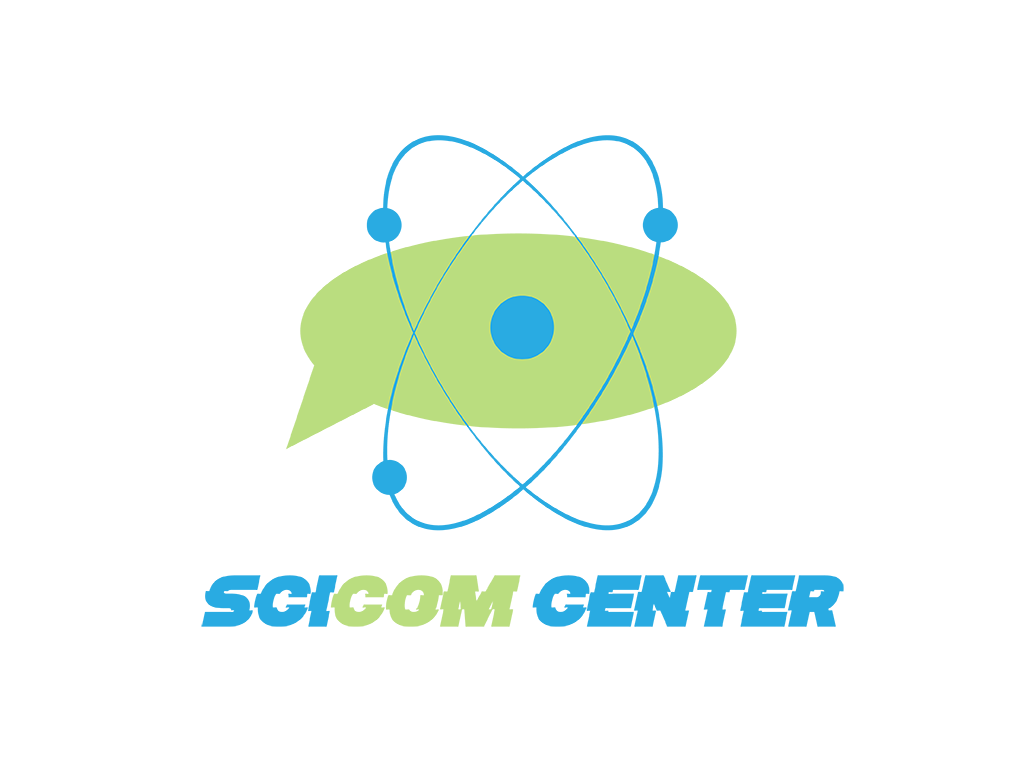We began Week Three with our Quarters presentation. We presented our ideas from Week Two to ETC faculty on the morning of Monday, January 31st. After Quarters, we collected the feedback we received. Broadly, some common points included:
- What are the specifics of the conference? What venue is it held at? What is the schedule like?
- Considering the conference setting, a long experience or one that is overly complex may not be as effective as a shorter and simpler experience.
- If we are handing it out physical objects such as a card, how can we ensure that attendees will keep the object with them? Could we attach it to something like the conference badge instead?
Afterwards, we had a meeting with our client. The client also seconded the idea that the experience should be short and be easy for someone to begin using. The ASTC was also able to establish that we could most likely obtain the use of a big screen as well as the incorporation into the conference badge.
Furthermore, we gathered more information about the conference and its conditions. The ASTC confirmed that the 2022 Conference will be held in the David L. Lawrence Convention Center in Downtown Pittsburgh. We also confirmed with the ASTC that the general structure and attendance composition of the conference would be comparable to past years even if the number of attendees had been reduced. This allowed us to extrapolate the conference conditions using past ASTC conferences as reference.
The most recent in-person ASTC conference was held in 2019 in Toronto, Canada. Looking at the schedule from that conference, we saw that most days consisted of either plenary sessions or concurrent sessions separated by 15 minute breaks. There are longer 1 hour to 2 hour breaks for lunch though notably attendees are not always encouraged to stay on site during that time. This means that any experience we create will indeed have to be fairly short, staying under 10 minutes.
We had previously received data from the ASTC regarding the attendance composition of the 2019 Conference. 322 individual organizations attended the Conference and, thus, are represented in the data set. The data included the classification of the attending organization. For example, Children’s/Youth Museum or Multidisciplinary Science/Technology Center or Museum. We have visualized this data in a graph below.
Notably, the ASTC also includes many Non-Museums. We can see that 100 out of the 322 attending organizations are considered Non-Museum. While the ASTC didn’t breakdown this category further, we attempted to identify the type of Non-Museum organization each attendee ourselves. We found that Exhibit Designers are heavily represented as well as various Consultants. We have visualized the data in a graph below.
Finally, we began working on another aspect of our branding, the halfsheet and the poster. We created a set of rough drafts of the design. In these drafts, we attempted to incorporate the idea of communication through the presence of speech and thought bubbles.

Comments are closed